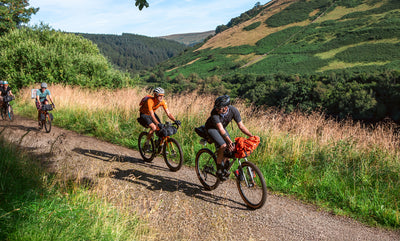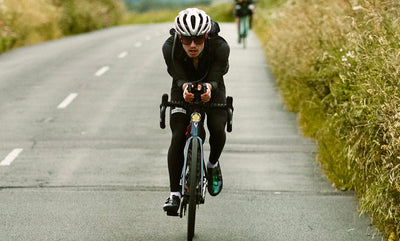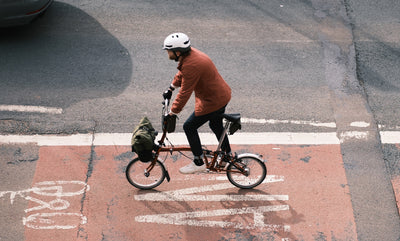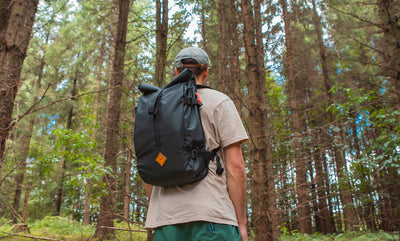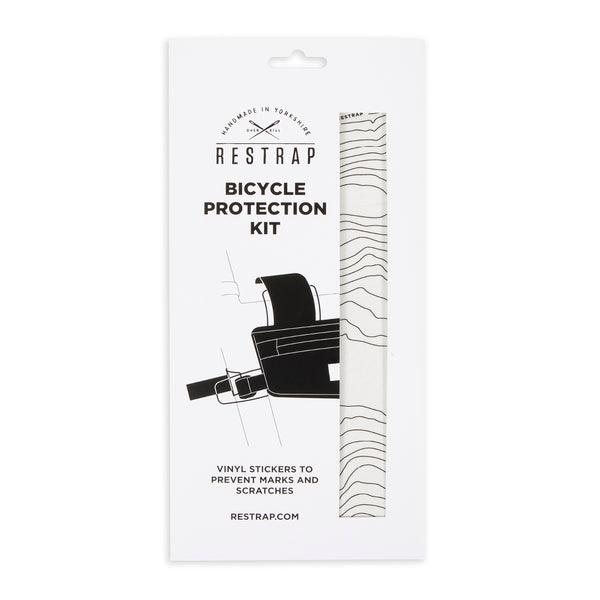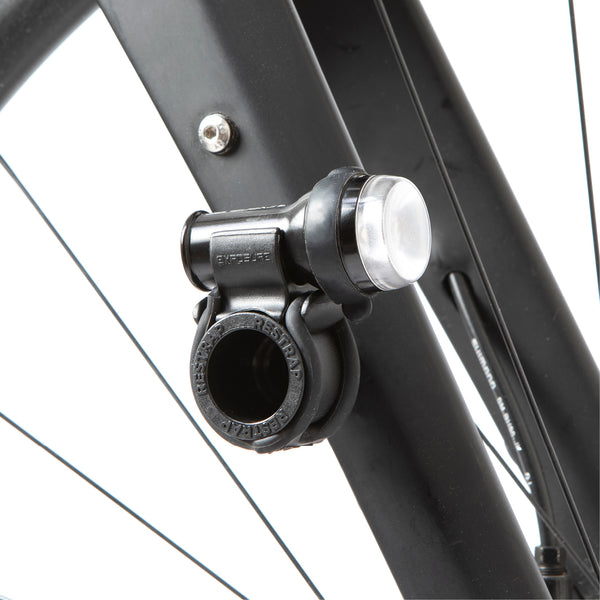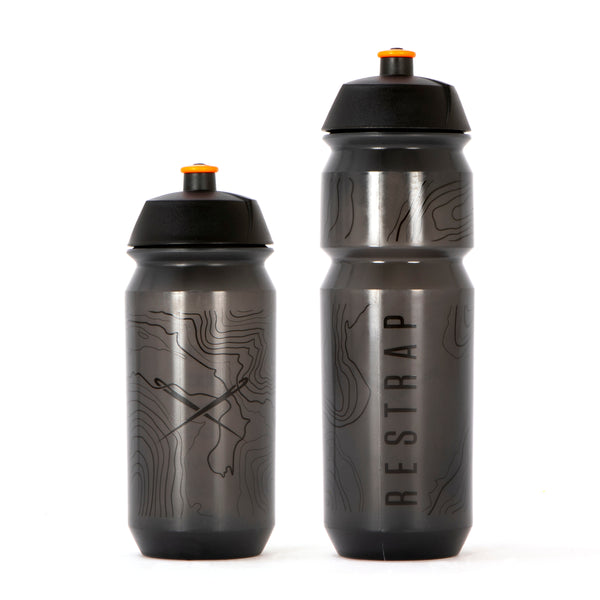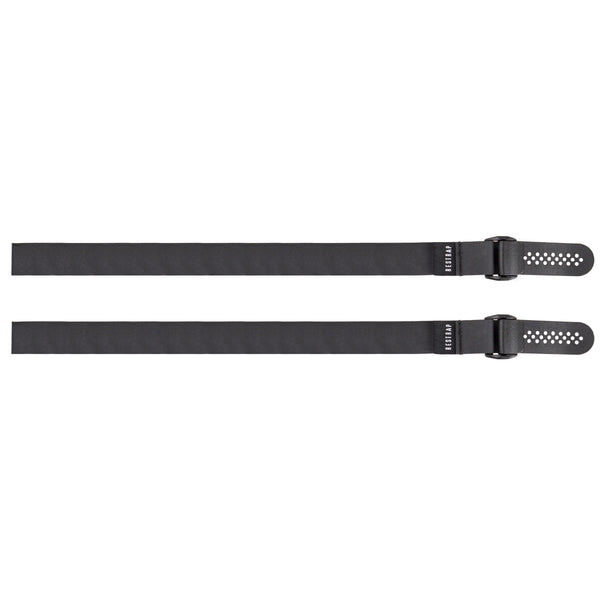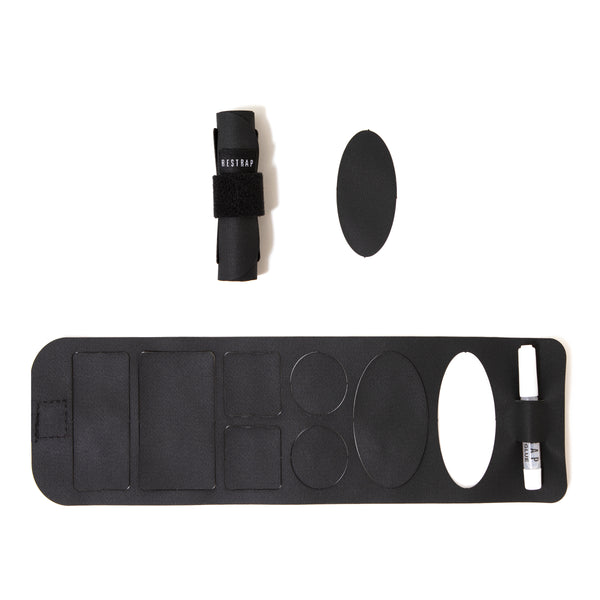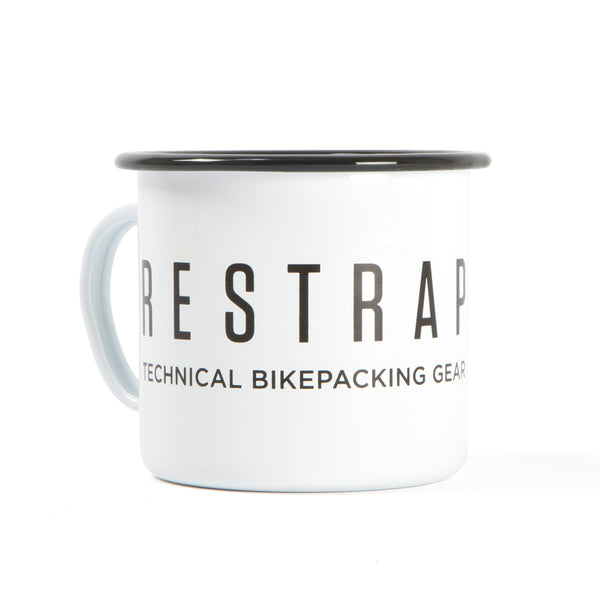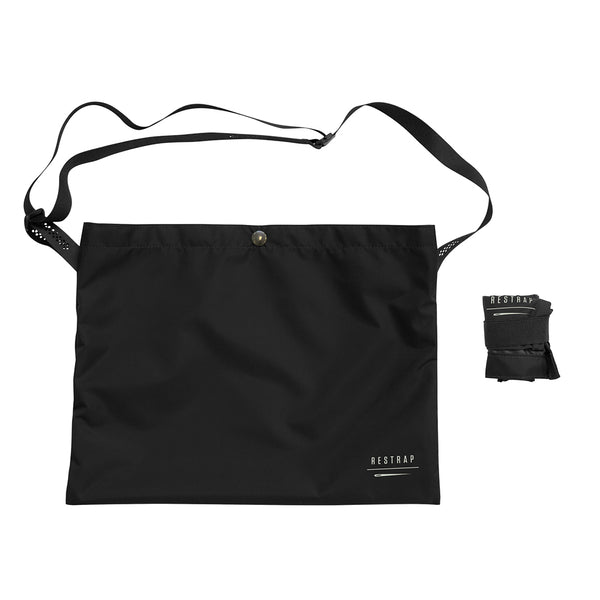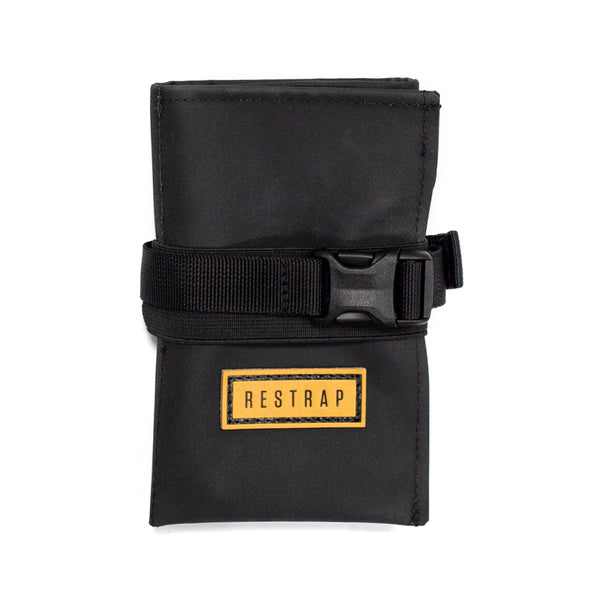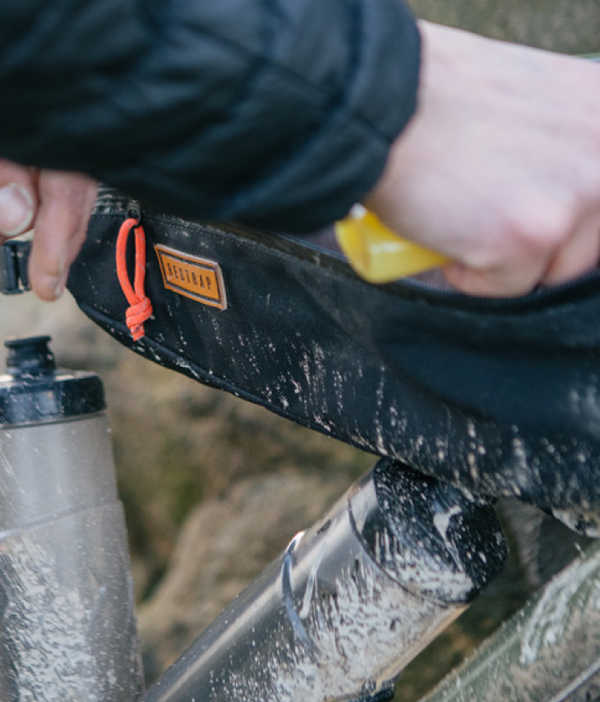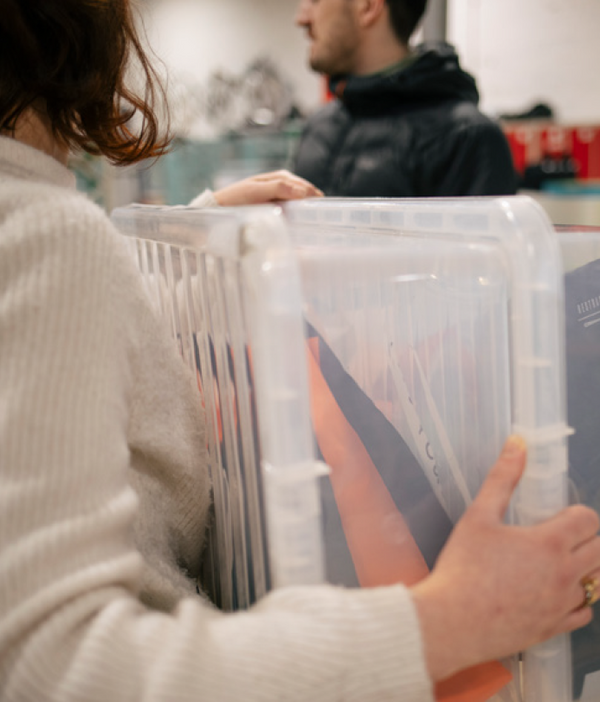Your cart is empty!
BikePacking Tips - Planning a route and what to take

With it being the start of the year it’s the perfect time to start planning this year’s bikepacking adventure. But where do you start? We’ve gone through the planning process and what prep you’ll need before that big trip away.
Planning
The obvious first question to ask is ‘Where do I want to go?’ Only you’ll know the answer to that one. Do you want to ride across the Nullabor in Australia? Explore Icelandic volcanoes on gravel trails? Ride across America? There’s a whole world out there and a lot to go and see.
A great way to stay focused on any ride and any tour is to have a goal in mind. This could be anything from setting yourself the goal of riding from coast to coast, down to climbing the Alpine pass you’ve been drooling over photos of. You could even just want to visit a certain cafe somewhere. A goal to focus on will make any days with bad weather, or when you’re feeling tired a lot easier.
Once you’ve decided where to go, it’s time for the fun bit - planning a route. You’ll need to bear in mind what time of year you’re going to be riding. As an example - most of the big Cols in the Alps tend to be closed in the colder months of the year due to snowfall. A bit of research helps here. Try to pop in a few landmarks and scenic views along the way. Komoot is a great route planning tool for this - you can add places on interest along the route really easily. No one wants to ride for days on end on main roads, so a lot of zooming in and out of google maps and scanning around on streetview will help you find the best roads. The great thing is there’s now a lot of route planning apps out there to make the whole process a doddle. An important thing to consider is how you’ll be feeling at certain points along the way, so you may want to make sure the big mountain pass you were planning to do isn’t on the last day of the trip when your legs are feeling all those miles, to get the full enjoyment out of it.
Once all that’s planned in, you’ll need to get the gear. Again, there’s no wrong way of doing this - whether you’re after a super steady 30 miles a day or want to cover as much distance as possible in the shortest time, you will need to think about your kit and what you’re carrying.
The Gear
With your route planned, and your daily mileage set - the next question is “What do I take?”
More than any kind of cycling, you’ll notice touring is a very personal thing. Everyone does it their own way. You might like to stop at hotels at the end of each day or you might prefer to pitch a tent on a hillside. This is of course going to affect what gear you take with you.
Something we’ve already touched on in our Bikepacking Tips video series and blog post is looking at the amount of creature comforts you’ll be taking with you and how it’s going to influence your bike and setup choice. For the average bike tour, you can’t really go wrong with a Saddle Bag, Bar Bag and Frame Bag. There’s more than enough room across these bags to carry a tent, sleeping bag, spare clothes and cycling kit. That’ll see you through most trips. It’s fairly lightweight as a method of carrying your kit on a bike. If you wanted to travel light and use a bivvy bag, you can probably get away with carrying a lot less.

If you decide to camp - there are a lot of well priced one-man tents on the market these days. It’s worth bearing in mind that with camping equipment spending that little bit extra on decent gear can make a huge difference to how good of a time you’re going to have. A good quality two-season sleeping bag will pack down well and keep you warm well into winter if you bolster it with a down jacket and a silk liner. Other things to consider are taking sandals or flip flops, which can easily be strapped to the outside of your bags. This’ll save space in your bags, and spare footwear makes a big difference at the campsite. If you want to cook your own food, there’s plenty of room for an all-in-one stove kit, too. Don’t forget that the more creature comforts you take, the more weight you’ll be carrying on the bike. Packing light will make cycling easier, but adding more kit will make the evenings more comfortable. You’ll need to find a nice compromise between the two.
We hope this post has given you some inspiration and some insight into what goes into planning your next tour. We’re currently planning ours and we know that building that hype and getting excited is a big part of it. It influences the other rides you do for that year, and it’s always great fun to count down the days until ‘The Big Ride’ like a kid at Christmas.
To see the videos we’ve put together so far during our Bikepacking Tips series, click the videos below.
We love hearing your plans and seeing your photos from your bikepacking adventures - be sure to tag us on Instagram: @restrap














